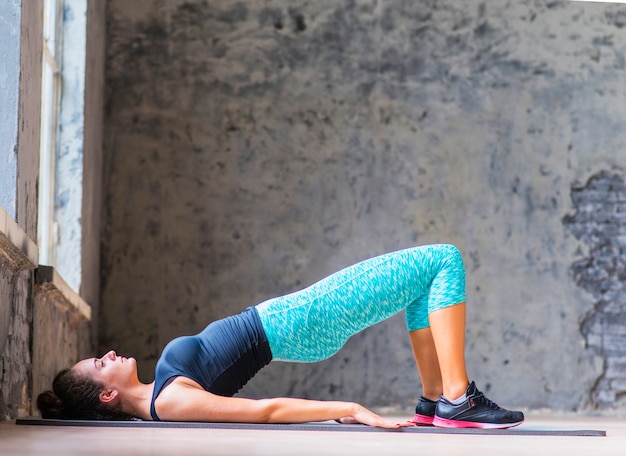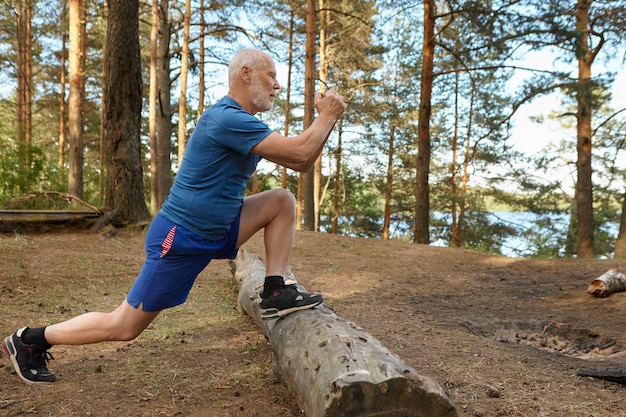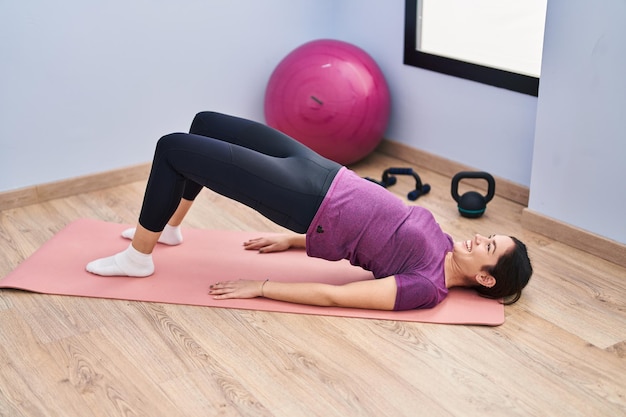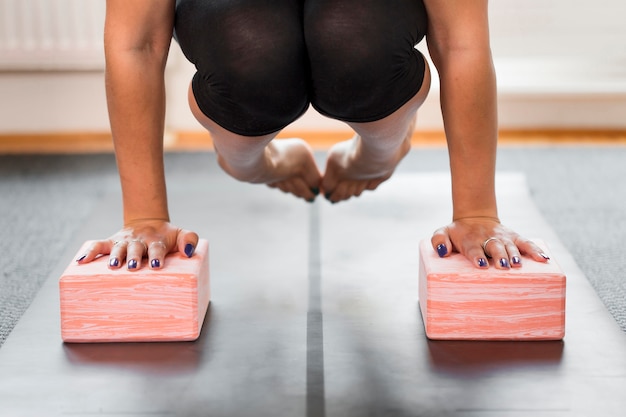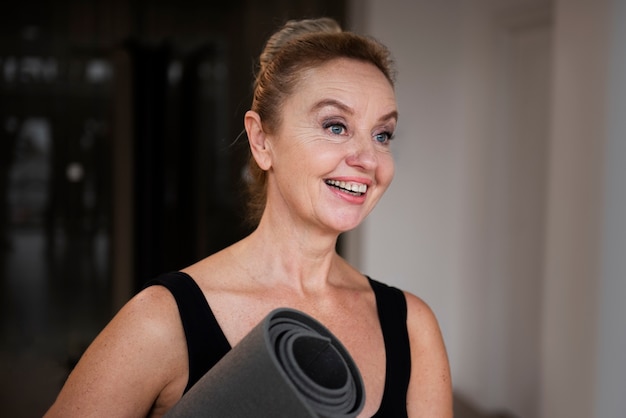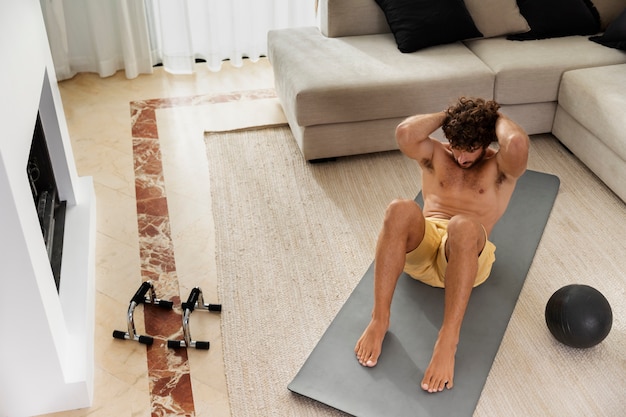18 Science-Backed Core Workouts for Men Over 50: Age Strong, Stay Fit, and Move with Confidence
As men age past 50, maintaining strength, balance, and mobility becomes more critical than ever. One of the most effective ways to support long-term health and vitality is through consistent core training. A strong core isn’t just about aesthetics—it’s foundational to posture, injury prevention, joint stability, and everyday functionality. This guide delivers 18 practical, safe, and effective core workouts tailored for men over 50, complete with weekly targets, expert tips, and essential safety reminders.
Why Core Strength Matters After 50
The core includes more than just abs—it encompasses the transverse abdominis, obliques, lower back, pelvic floor, and diaphragm. As we age, muscle mass declines (a condition known as sarcopenia), and sedentary lifestyles can weaken core stability. This increases the risk of falls, back pain, and reduced mobility. Strengthening the core helps maintain spinal alignment, supports internal organs, and enhances breathing and digestion.

18 Core Workouts for Graceful Aging
- Plank (Front Hold): Hold a push-up position on forearms and toes. Keep body straight. Start with 20 seconds, build to 60. Targets: Entire core, shoulders.
- Side Plank: Lie on your side, lift hips using forearm and feet. Hold 15–30 seconds per side. Targets: Obliques, transverse abdominis.
- Bird-Dog: On hands and knees, extend opposite arm and leg. Hold 3 seconds, return. Do 10 reps per side. Targets: Lower back, glutes, core stability.
- Dead Bug: Lie on back, arms toward ceiling, knees bent at 90°. Slowly extend opposite arm and leg. Return. 12 reps. Targets: Deep core, coordination.
- Glute Bridge: Lie on back, knees bent, feet flat. Lift hips until body forms a straight line. Lower slowly. 15 reps. Targets: Glutes, lower back, pelvic floor.
- Seated Marching: Sit tall in a chair, lift one knee at a time. Keep back straight. 20 reps. Targets: Lower abs, hip flexors.
- Standing Marches: Stand tall, lift knees alternately. Use a wall for balance if needed. 1 minute. Targets: Core activation, balance.
- Heel Taps: Lie on back, arms at sides. Tap heels side to side without lifting hips. 15 reps per side. Targets: Obliques, lower abs.
- Abdominal Bracing: Lie on back, knees bent. Tighten abs as if bracing for a punch. Hold 5 seconds. 10 reps. Targets: Transverse abdominis.
- Wall Sit with Core Engagement: Back against wall, slide down to seated position. Hold 20–30 seconds, focus on tight core. Targets: Core, quads, endurance.
- Standing Oblique Crunch: Stand, feet shoulder-width. Raise one arm overhead, lean to opposite side. 12 reps per side. Targets: Obliques, lateral stability.
- Chair Sit-to-Stand: Sit, stand without using hands. Engage core throughout. 10 reps. Targets: Core, legs, functional strength.
- Stability Ball Roll-Outs (Modified): Kneel, forearms on stability ball. Roll forward slightly, hold, return. 8–10 reps. Targets: Full core, shoulder stability.
- Standing Pallof Press: Attach resistance band to anchor. Stand sideways, press band straight out. Resist rotation. 10 reps per side. Targets: Anti-rotation strength.
- Standing Cable Chop: Use cable machine or band. Rotate diagonally across body. 10 reps per side. Targets: Rotational power, obliques.
- Farmer’s Carry: Hold dumbbells at sides, walk 30–60 seconds. Keep core tight, shoulders back. Targets: Core endurance, grip, posture.
- Step-Ups with Core Focus: Step onto a low platform, drive through the heel, engage core. 10 reps per leg. Targets: Balance, core, leg strength.
- Diaphragmatic Breathing: Lie down, place hand on belly. Breathe deeply into diaphragm. 5 minutes daily. Targets: Core breathing, stress reduction.
Weekly Core Training Targets
- Frequency: 3–4 days per week
- Duration: 15–25 minutes per session
- Progression: Increase hold times, reps, or resistance every 2–3 weeks
- Rest: 30–60 seconds between exercises
- Consistency: Focus on form over speed or intensity
Essential Safety Tips
- Warm up with 5 minutes of light cardio (e.g., walking or arm circles).
- Avoid neck strain—keep head neutral during floor exercises.
- Stop immediately if you feel sharp pain or dizziness.
- Modify exercises as needed (e.g., perform planks on knees).
- Consult your healthcare provider before starting if you have chronic conditions.
- Breathe consistently—never hold your breath during exertion.
- Focus on controlled movements, not speed.
Final Thoughts
Aging gracefully isn’t about defying time—it’s about optimizing health, strength, and independence. Core workouts are a powerful tool for men over 50 to maintain balance, reduce injury risk, and support overall well-being. By incorporating these 18 exercises into a consistent routine, you’ll build resilience from the inside out. Start where you are, progress mindfully, and enjoy the lasting benefits of a strong, functional core.

Remember: Fitness after 50 is not about intensity—it’s about consistency, form, and purpose.






